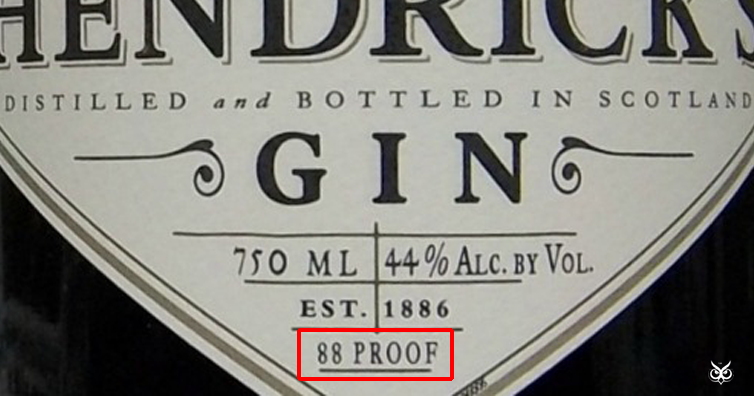Just go and grab a bottle of alcohol you have laying in your house. When looking at the label you’ll see two different numbers indicating how much alcohol is contained in that specific bottle.
The first one is ABV – Alcohol by Volume. By definition, this is the percentage of alcohol in the overall liquid. The other measurement is Proof and this varies from country to country (in the U.S. and much of the world it’s two times the ABV). But have you ever wondered why do we measure alcohol by proof?
Let’s find out. (the article continues after the ad)
Just like the case with The Interesting Reason Why Ace Of Spades Is Always The Most Decorated Card In The Deck or The Insanely Weird ‘Window Tax’ And How People Cleverly Avoided Paying It, to find out the origin of this indeed weird alcohol content measurement, we’ll have to go to 16-th century England. During those times, the British government was adding an extra tax on liquor that was proven to contain a certain amount of alcohol.
For this spirits’ tax, the word proof was used to show that something was true – meaning it indeed contained this high amount of alcohol. The way each spirit was tested was by soaking a gun pellet into it and then trying to set the wet pellet on fire. If it could be lit, then the alcohol was declared a “proof spirit” and therefore it would be taxed higher. However, this method had a major problem: it wasn’t consistent as the flammability was dependent on the temperature of the liquor.
So, in 1816, England standardized the proof spirit threshold in order to fix the problem. As of that time, a liquor was considered a proof spirit if the alcohol level in it was 12⁄13 the weight of an equal volume of distilled water at 51 °F (11 °C). This corresponds to 57.06% of ABV which is again, a bit confusing.
Americans had a different approach.When the alcohol industry took hold, they determined the proof level as twice the percentage of ABV. For instance, a bottle of liquor with 32% ABV is 64 proof. For a spirit to be called “proof spirit” (or also known nowadays as “overproof”) it has to be 100 proof or more.
If you like what you read, then you will definitely love this one: This Is The Difference Between ‘Blended’ And ‘Single Malt’ Whiskey
Photo: Serious Eats: Drinks
Photoshop: I’m A Useless Info Junkie
Sources: Why Is Alcohol Measured by Proof? | Why Alcohol Content Is Measured in ‘Proof’

